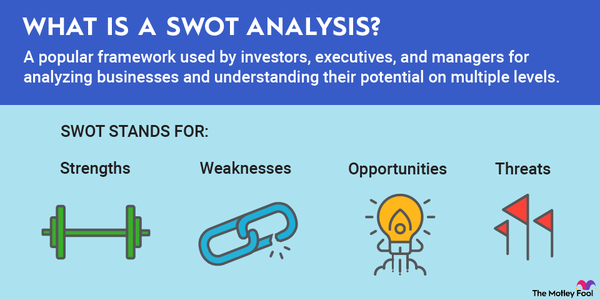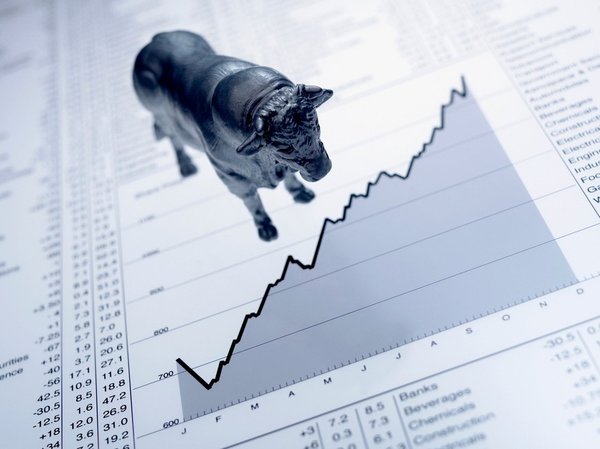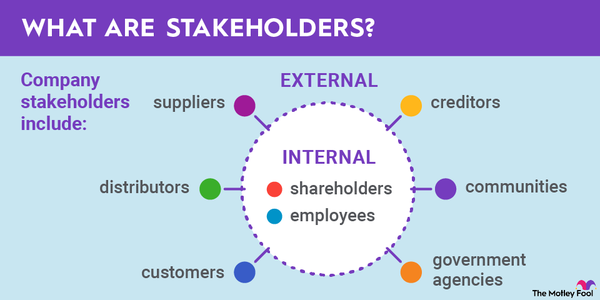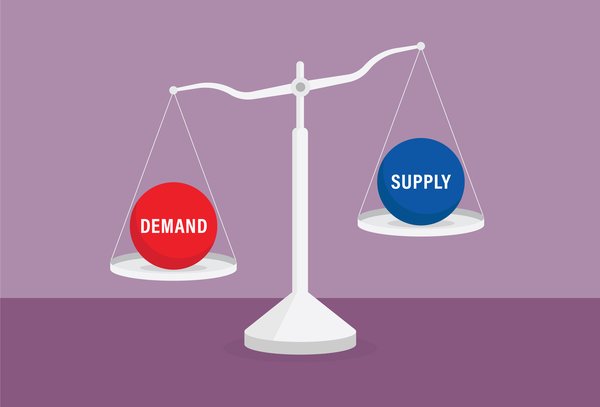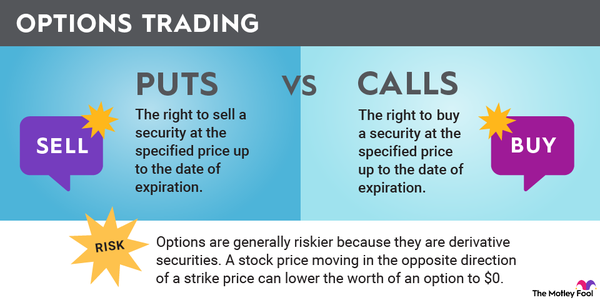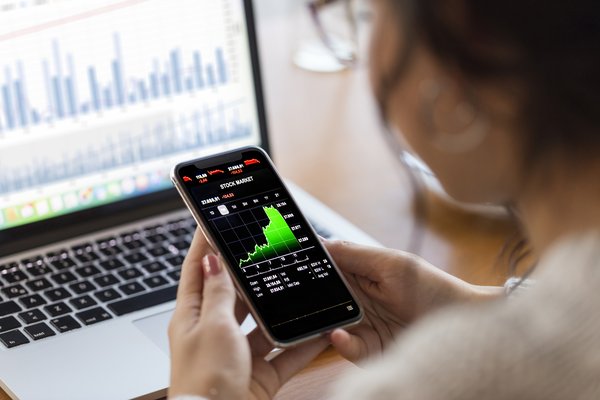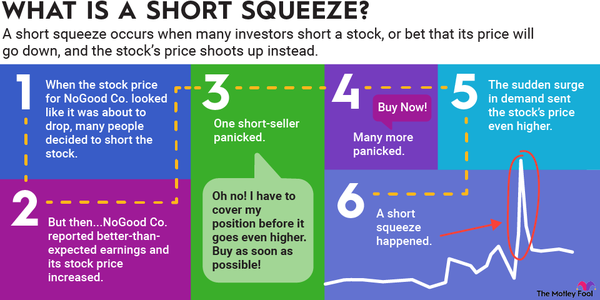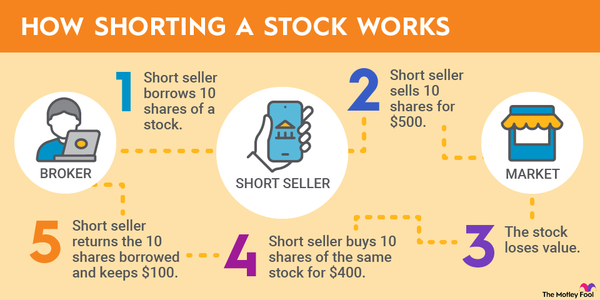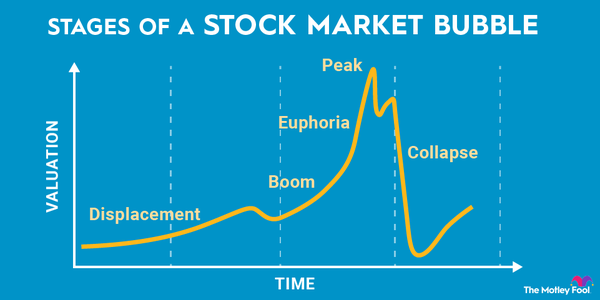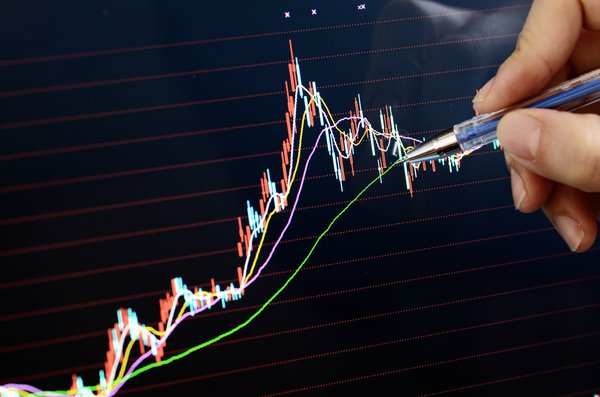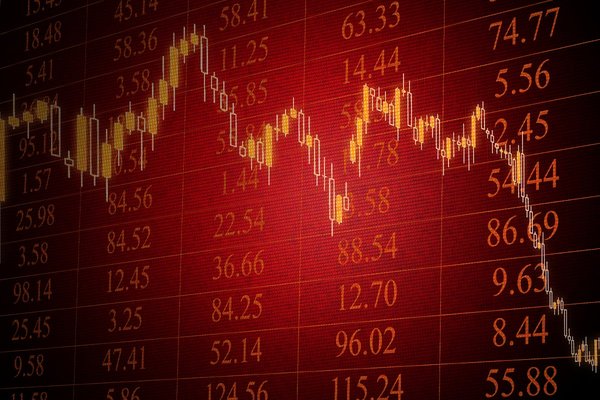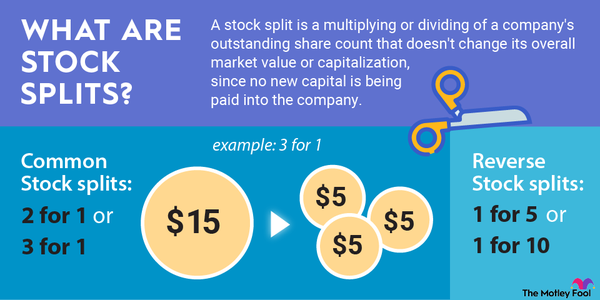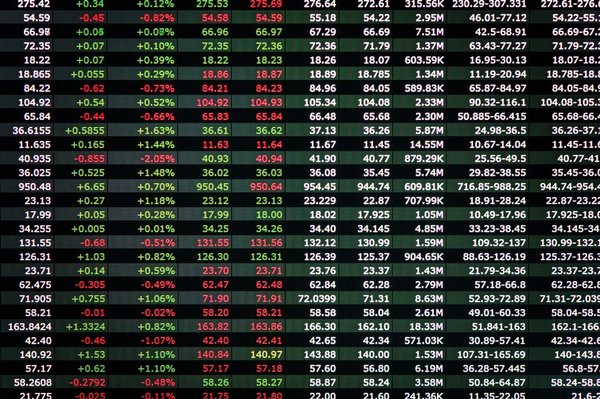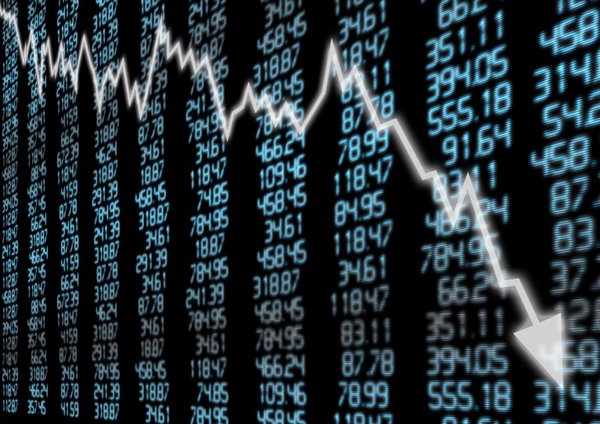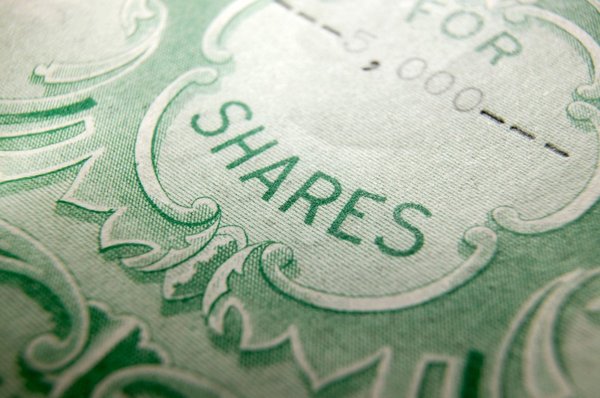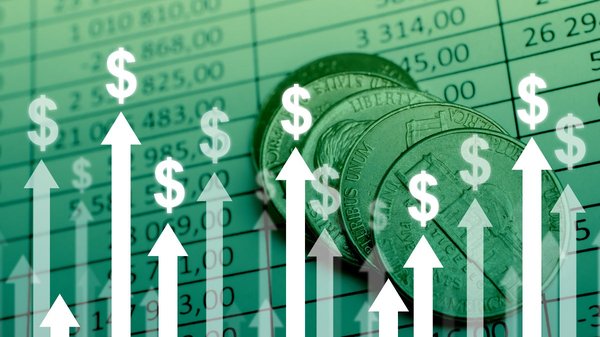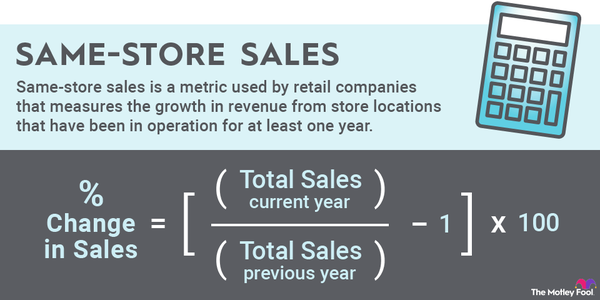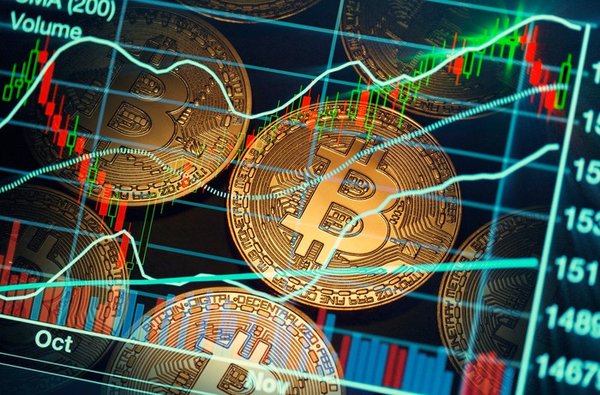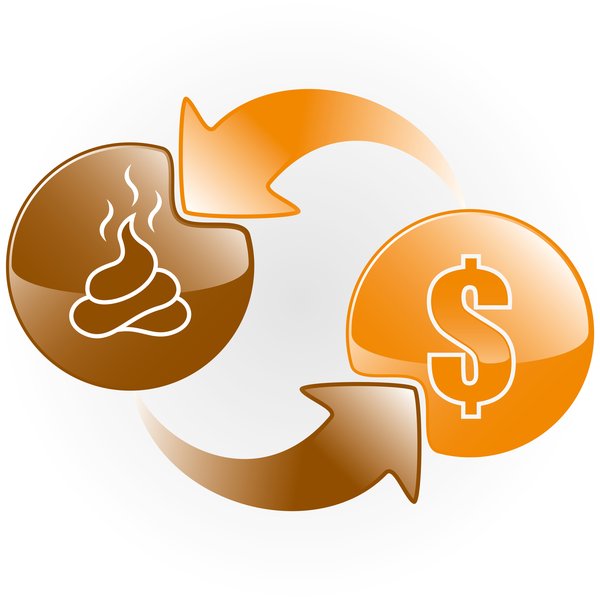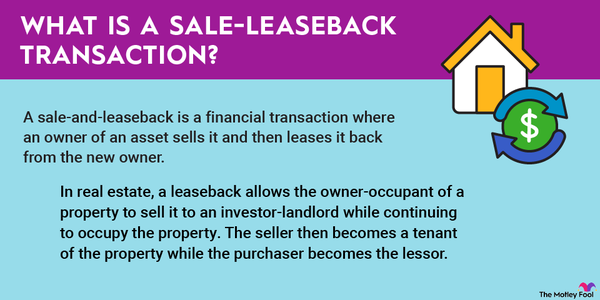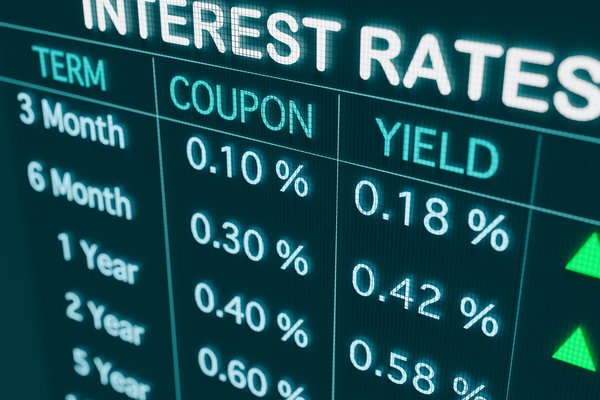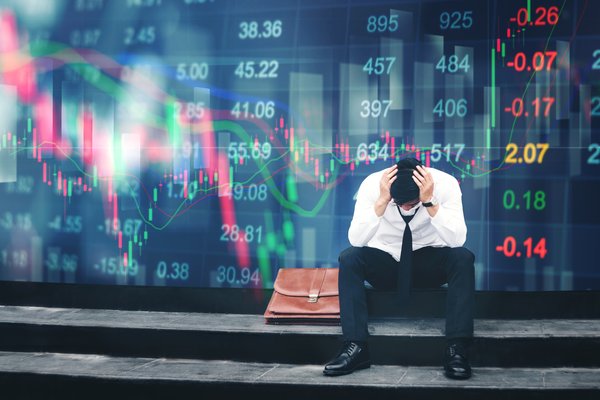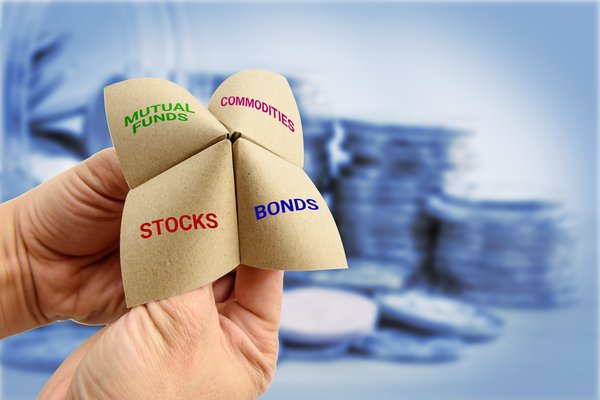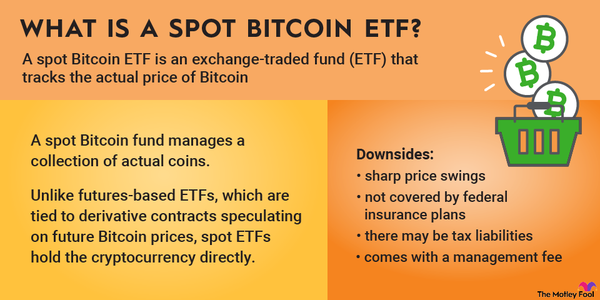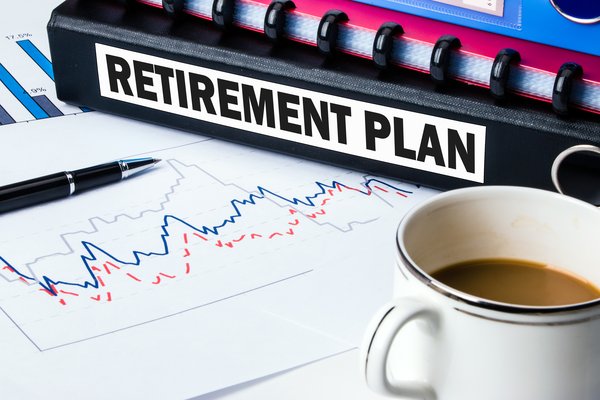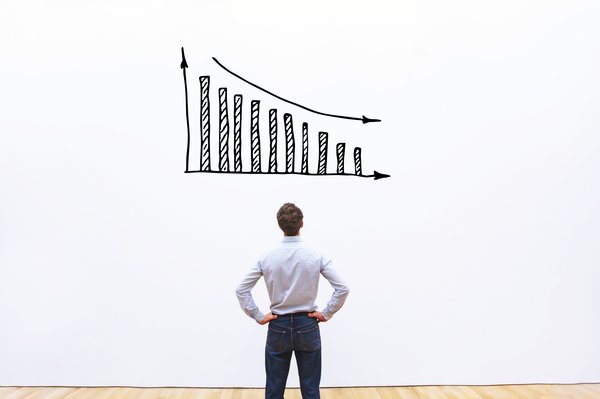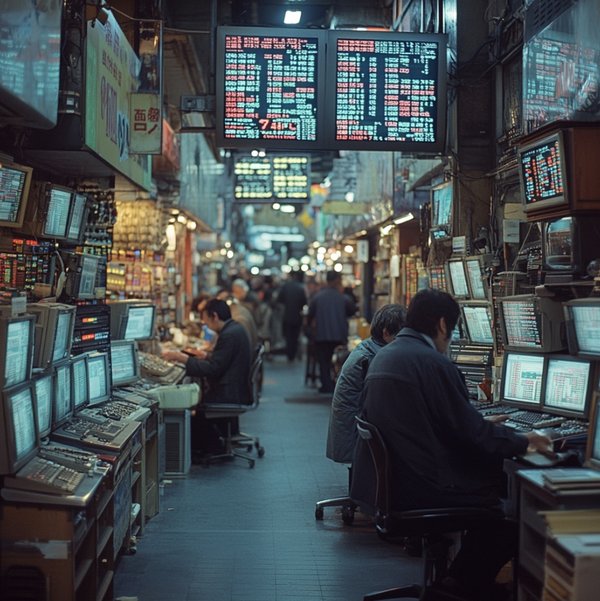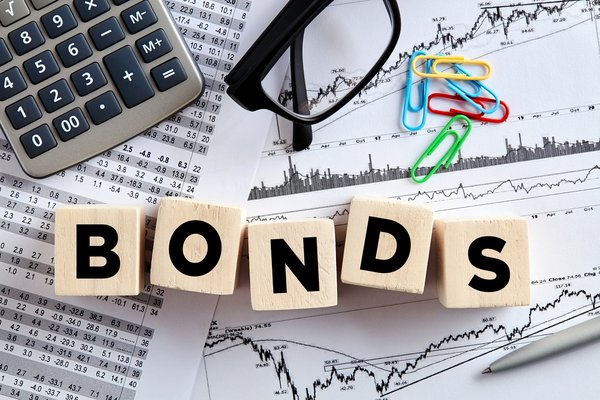When you hear the term "sell-off," it might sound dramatic. A sell-off occurs when a large number of investors begin selling their stocks, bonds, or other assets over a short period, leading to a sharp decline in prices. Whether it's driven by fear, uncertainty, or strategic profit-taking, sell-offs are a key feature of financial markets. How do sell-offs start, and what are their implications? Let's break it down below.
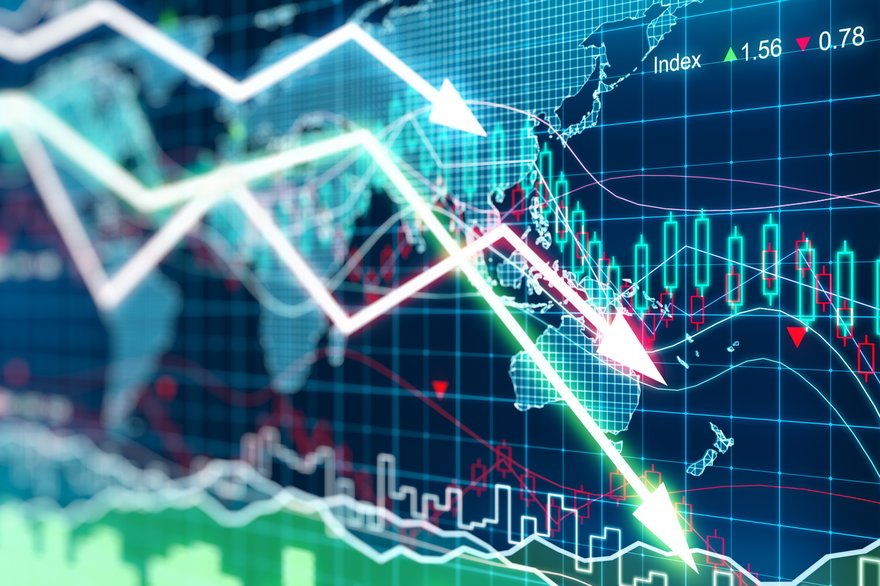
Definition
What is a sell-off?
A sell-off is a rapid decline in the price of an asset or a group of assets due to a surge in selling activity. This can happen across individual stocks, specific sectors, or even the entire market. Unlike a gradual market downturn, a sell-off is often sudden and marked by high trading volumes.
Sell-offs can occur for various reasons, including disappointing earnings reports, changes in monetary policy, geopolitical events, or even investor panic. Regardless of the trigger, the result is usually the same: plummeting prices in a short period of time.
Triggers
What triggers sell-offs?
Market volatility and investor sentiment
Sell-offs are often triggered by sharp price swings that heighten market sensitivity and can lead to declines in prices across the board. For example, during "Black Monday" in 1987, the Dow Jones Industrial Average dropped 22% in a single day due to computerized trading and investor panic, causing global ripple effects. Market sentiment is almost as important as the actual fundamentals of the market. In volatile times, investor sentiment can turn, and a market downturn can become a self-fulfilling prophecy.
Economic and geopolitical concerns
Macroeconomic issues like inflation or fears of a recession can prompt sell-offs as investors flock to safety. In 2008, the global financial crisis sparked massive sell-offs as collapsing financial institutions created uncertainty across markets. Global events, such as the COVID-19 pandemic in 2020, are prime examples of geopolitical or health crises that can lead to panic selling and dramatic declines in asset values.
Sector-specific troubles and ripple effects
Sell-offs can begin in one sector and spread to the broader market, especially when industries face significant challenges. For instance, a 2015 sell-off in Chinese equities caused global market disruptions as investors grew concerned about the slowdown in the world’s second-largest economy. These localized issues can quickly ripple into other industries and regions, amplifying market instability.
Effects and how to navigate
What are the effects of sell-offs, and how do you navigate them?
Sell-offs amplify market volatility, creating sharp price swings that make conditions unpredictable and challenging for investors. Events like the 1987 crash caused prolonged instability as markets struggled to recover and investors grappled with uncertainty. Such turbulence can have a dire effect on confidence, often resulting in broader and sometimes unforeseen consequences for financial stability.
This instability is often compounded by negative sentiment, with fear driving more panic selling. The 2000 dot-com bubble burst that wiped out trillions in market value showed how irrational decision-making without a full picture can exacerbate losses. Similarly, the 2008 financial crisis underscored the deeper economic risks that sell-offs can signal, with systemic vulnerabilities requiring urgent intervention to prevent further damage. Despite the immediate challenges, sell-offs can create opportunities for long-term investors. The COVID-19 sell-off in March 2020, for instance, allowed those with a patient and strategic approach to buy undervalued stocks and benefit from the subsequent market recovery.
To navigate a sell-off, focus on staying calm and avoiding impulsive decisions driven by fear. Take a deep breath and evaluate your portfolio to ensure it aligns with your long-term financial goals and diversification strategy. Avoid panic selling that locks in unnecessary losses. Instead, consider opportunities to buy high-quality assets at lower prices if you have the resources and risk tolerance to do so. Keep an eye on market trends and economic indicators, but resist the temptation to time the market.
Related investing topics
Example
Historical sell-off example: The 2015-16 global stock market sell-off
In June 2015, global markets began experiencing a series of sell-offs driven by a combination of economic turbulence and geopolitics. The trouble started in China, where a combination of slowing economic growth and regulatory crackdowns led to steep declines in Chinese equity markets. Investors panicked by the uncertainty began selling shares en masse, triggering ripple effects across the world.
In the U.S., the Dow Jones Industrial Average dropped by 530.94 points on Aug. 21, a single-day decline of approximately 3.1%. Other factors compounded the volatility, including the collapse of oil prices, concerns over Greece's debt crisis, and uncertainty surrounding the U.S. Federal Reserve's plans to end quantitative easing. These events exemplify how interconnected global markets are and how various different factors can converge to create widespread panic and market instability.


